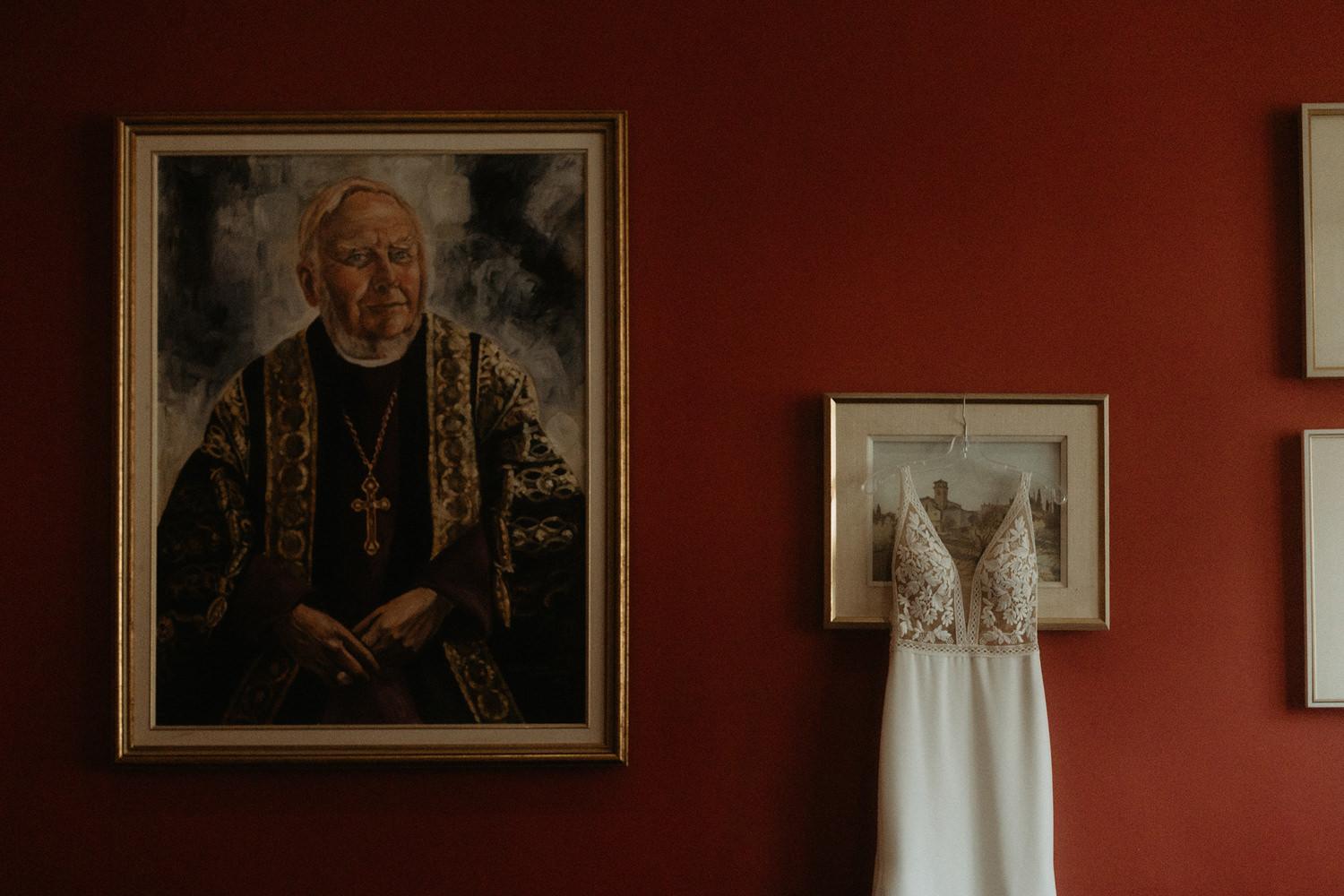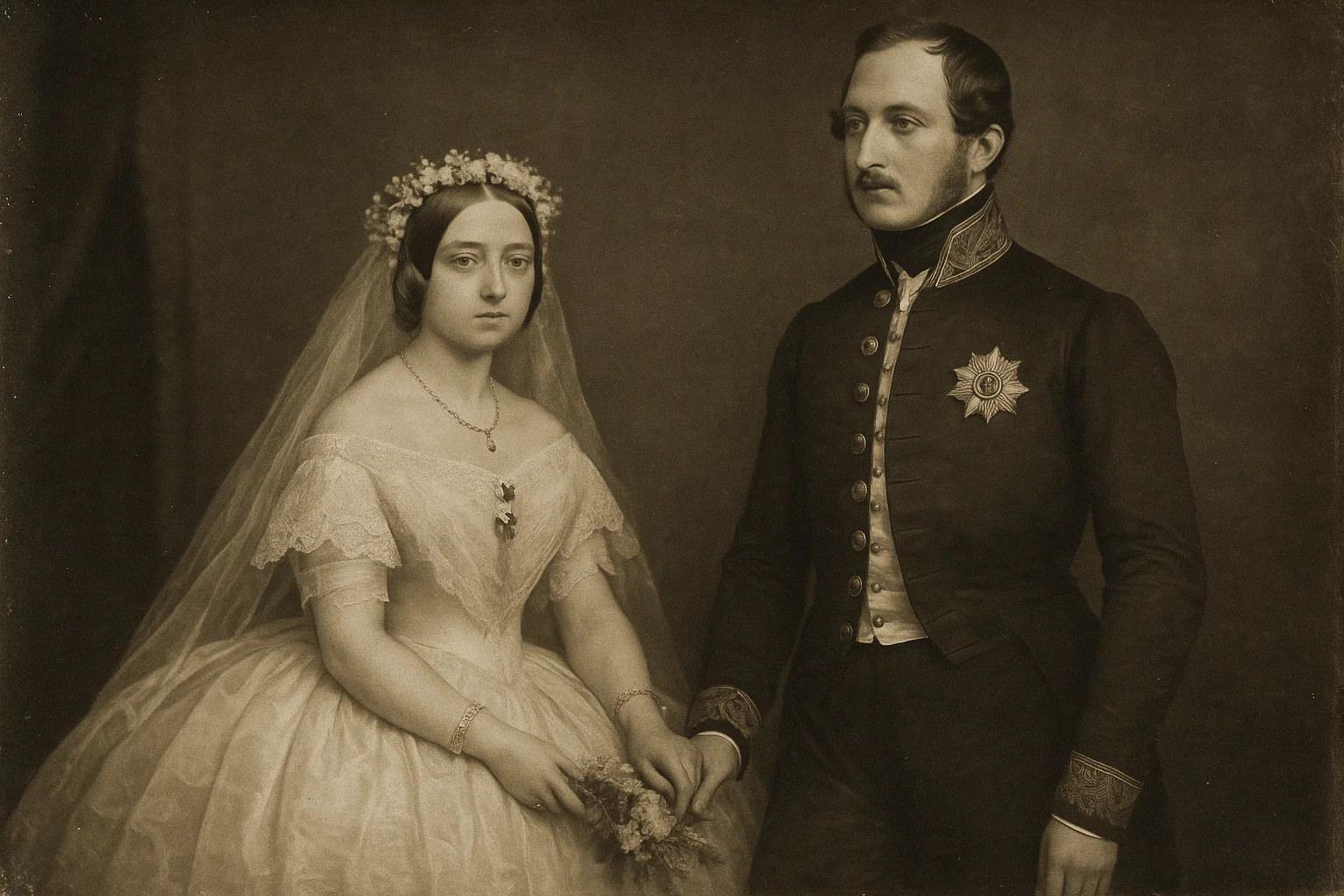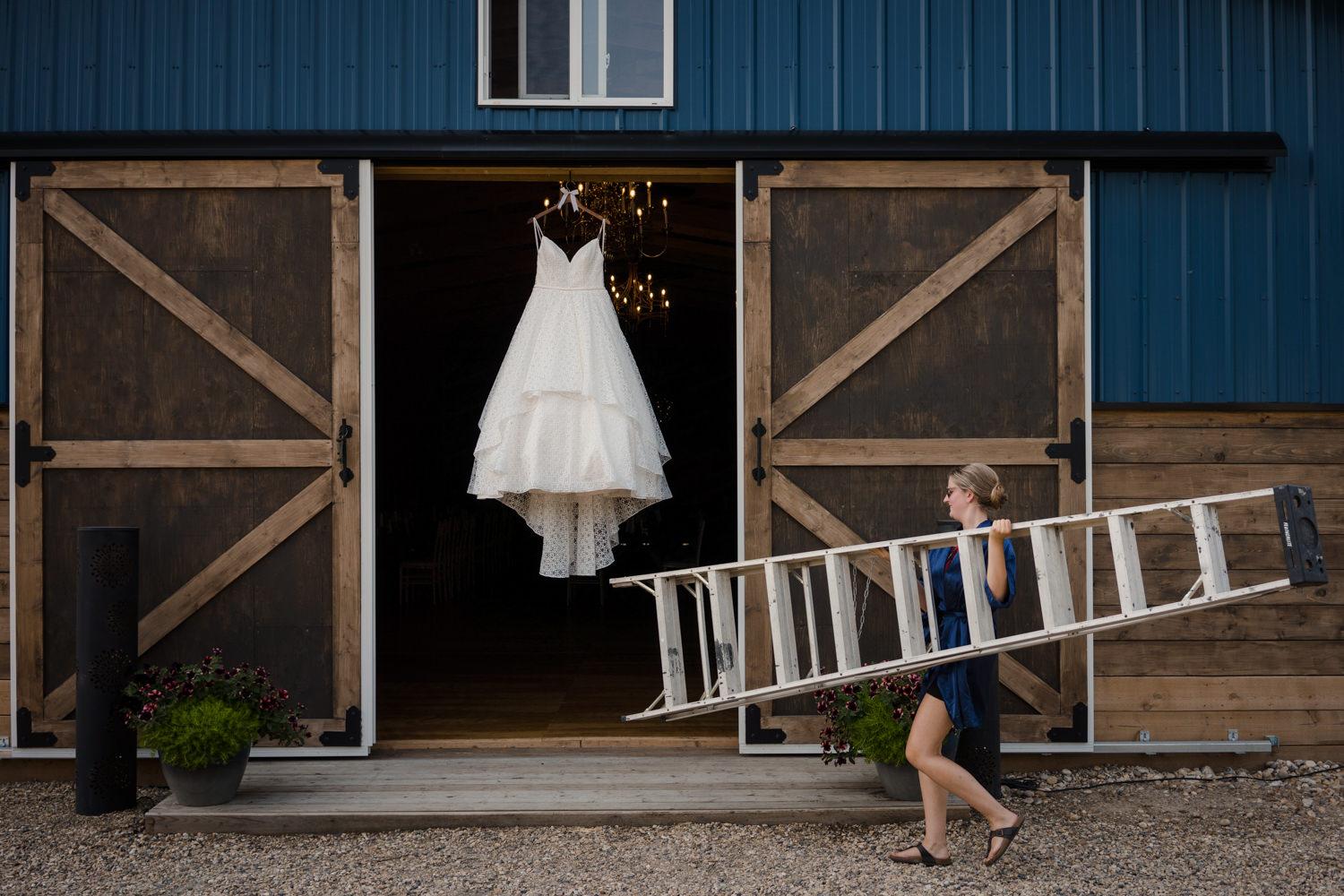What started as a symbol of wealth and power has become one of the most personal—and political—choices a bride can make.
The wedding dress may be one of the most instantly recognizable symbols of a wedding, but its meaning and style have evolved dramatically across centuries and cultures. Today, Canadian brides choose gowns (or suits, jumpsuits, and saris) that reflect their values, culture, and personal taste—but this freedom of choice is relatively new.
From ancient red and gold to Queen Victoria’s iconic white, the story of the wedding dress is a story of class, gender, fashion, and tradition.

Ancient Traditions: Red, Gold, and Symbolism
In many ancient societies, white was not the norm. In fact, red was often the color of choice, symbolizing prosperity, fertility, and joy.
- In China, brides traditionally wore red qipaos or cheongsams, often embroidered with gold dragons or phoenixes.
- In India, red and gold lehengas or sarees were—and still are—symbols of good fortune and marital bliss.
- In Persian weddings, elaborate gold-embroidered dresses and veils reflected wealth and social status.
White, in these traditions, often symbolized mourning—not purity.
Queen Victoria and the Birth of the White Dress (1840)
Before 1840, European brides typically wore their best dress, regardless of color. That changed when Queen Victoria married Prince Albert wearing a white silk gown with Honiton lace, sparking a worldwide fashion movement.
Why white? It wasn’t just about symbolism—it was about wealth. Only the elite could afford a white dress that would be worn once. It quickly became a status symbol, and over time, came to represent purity, innocence, and virginal ideals—even if that wasn’t Victoria’s original intent.
From that point forward, the Western wedding dress canon was born.

20th Century Style Shifts: From Rebellion to Refinement
As culture changed, so did the silhouette of the wedding gown.
- 1920s: Flapper-style wedding dresses with drop waists, beads, and short veils signaled rebellion and liberation.
- 1950s: Post-war prosperity brought the return of opulence—full skirts, cinched waists, and influence from Christian Dior’s “New Look.”
- 1970s: Bohemian, high-necked prairie dresses echoed countercultural ideals.
- 1980s–1990s: Princess Diana’s 25-foot train and puff sleeves reintroduced royal drama, while minimalism crept in by the end of the century.
Throughout the decades, wedding dresses became both fashion statements and cultural mirrors.
The 21st Century: Choice, Sustainability, and Redefinition
Today, the modern Canadian bride has more options than ever before. Some key trends include:
- Minimalist gowns inspired by Meghan Markle and the rise of “quiet luxury”
- Sustainable fashion: secondhand dresses, upcycled vintage, ethical designers
- Non-white choices: blush tones, bold colors, jumpsuits, and culturally traditional attire
- Non-gendered fashion: suits, separates, or no dress at all
More than ever, the wedding dress has become a statement of identity, not conformity.
Through a Photographer’s Lens
For wedding photographers, the dress isn’t just an outfit—it’s a storytelling element.
Whether it’s hanging in soft window light before the ceremony, flowing in the breeze during portraits, or crumpled on the dance floor at midnight, the dress evolves throughout the day. Great photographers know how to capture both its symbolism and its movement.

Related Reading in the History of Weddings Series:
- The History of Wedding Fashion (Beyond the Dress)
- The History of the Wedding Veil
- The History of Wedding Symbols and Colours
- The History of Wedding Photography
Continue Planning Your Wedding
Ready to dive into the details? How to Find the Perfect Wedding Photographer: The Ultimate Guide to Making the Right Choice